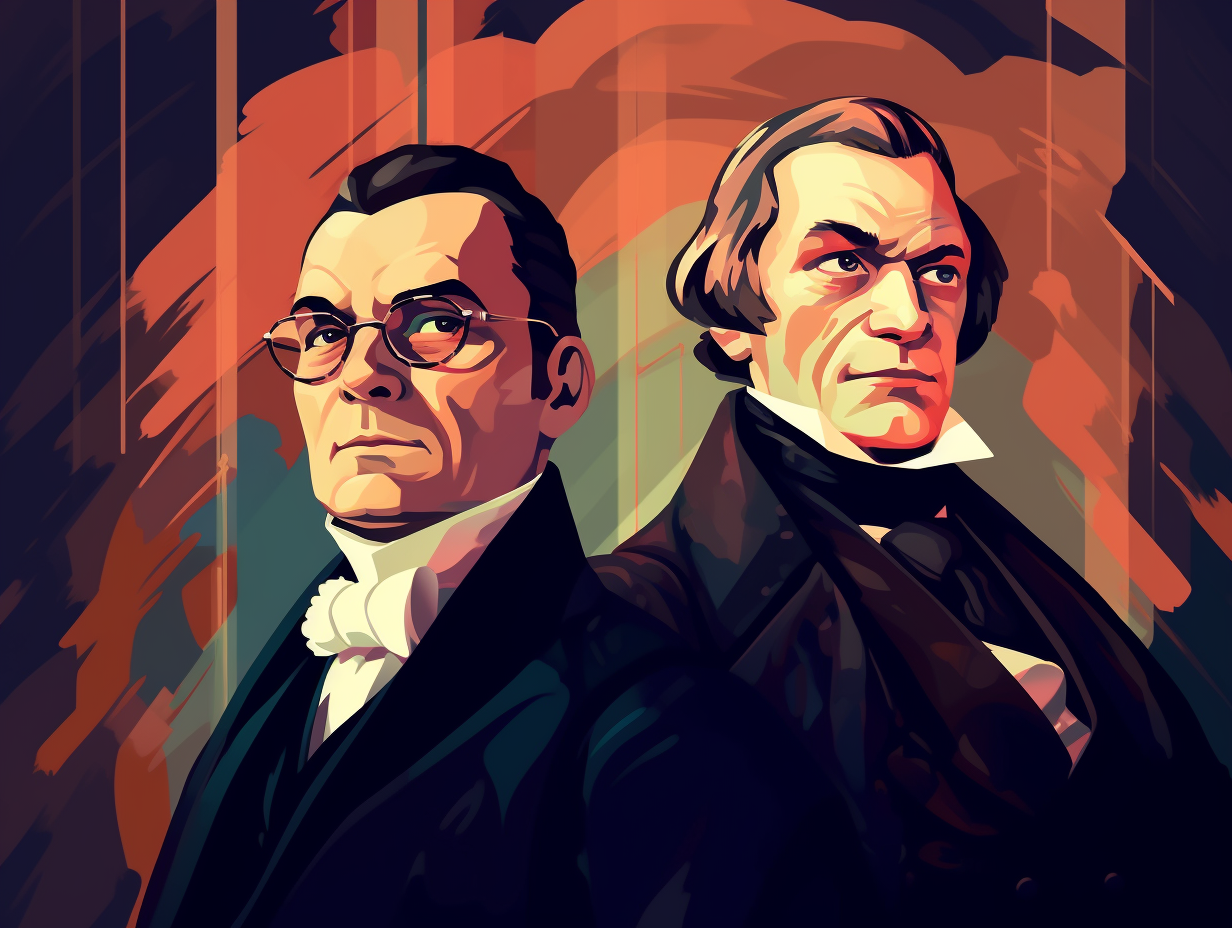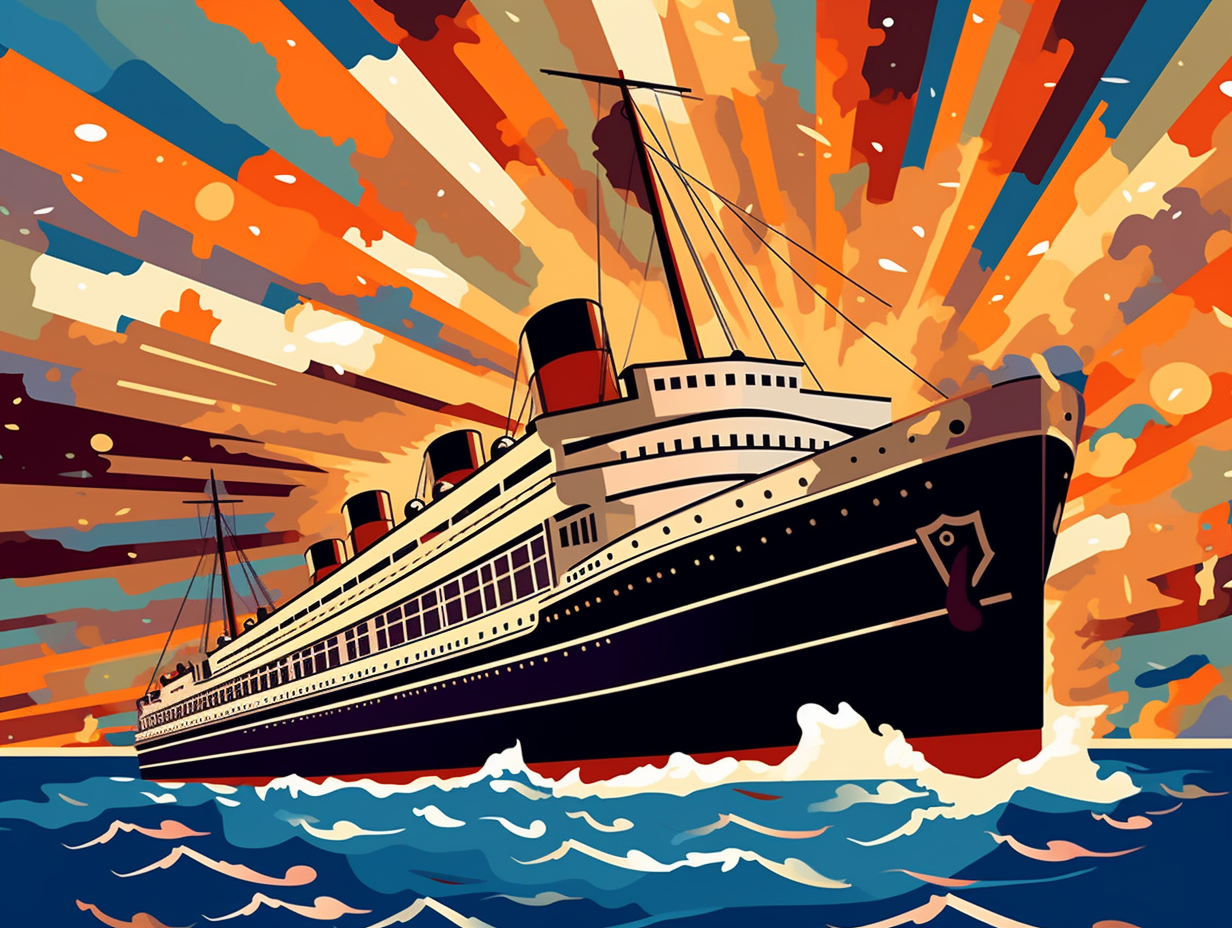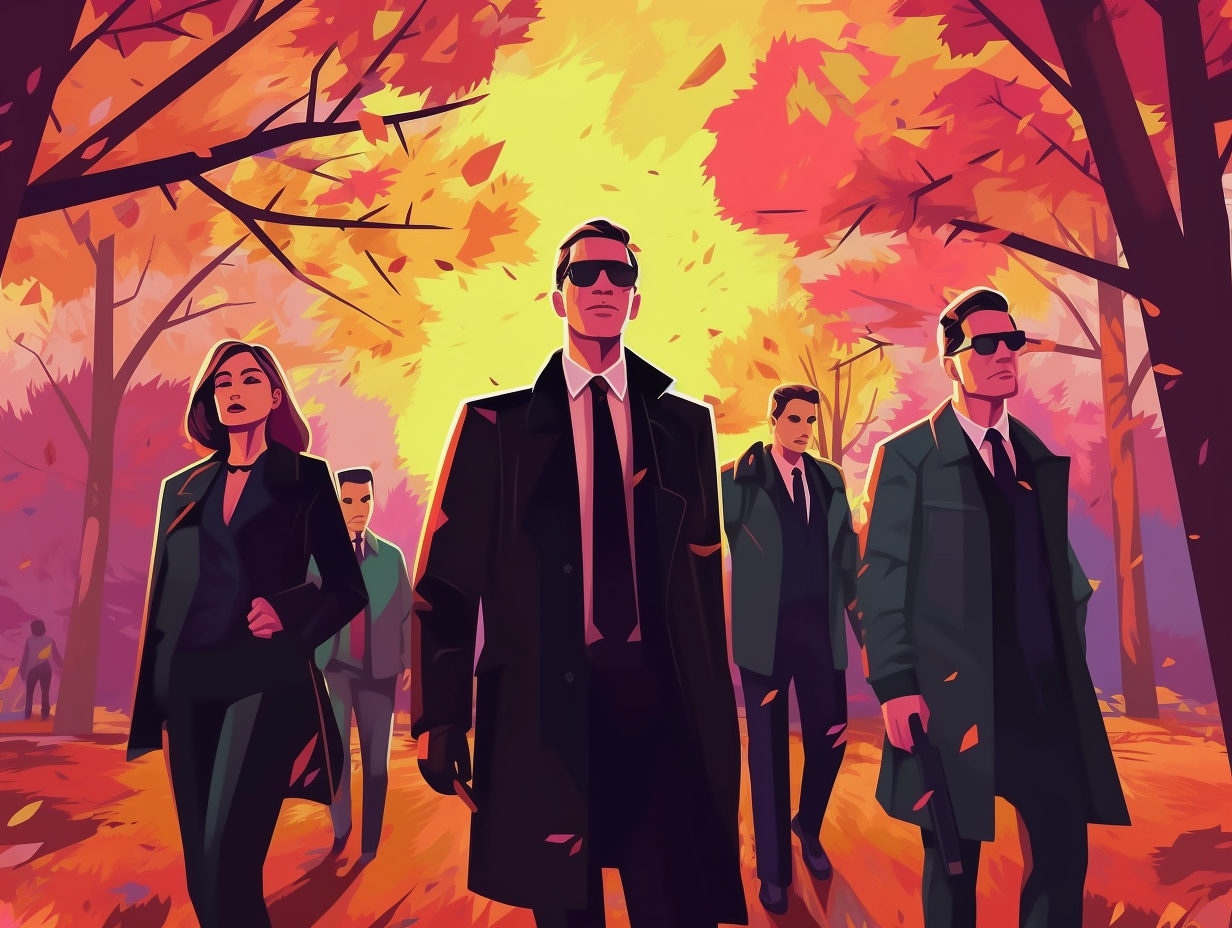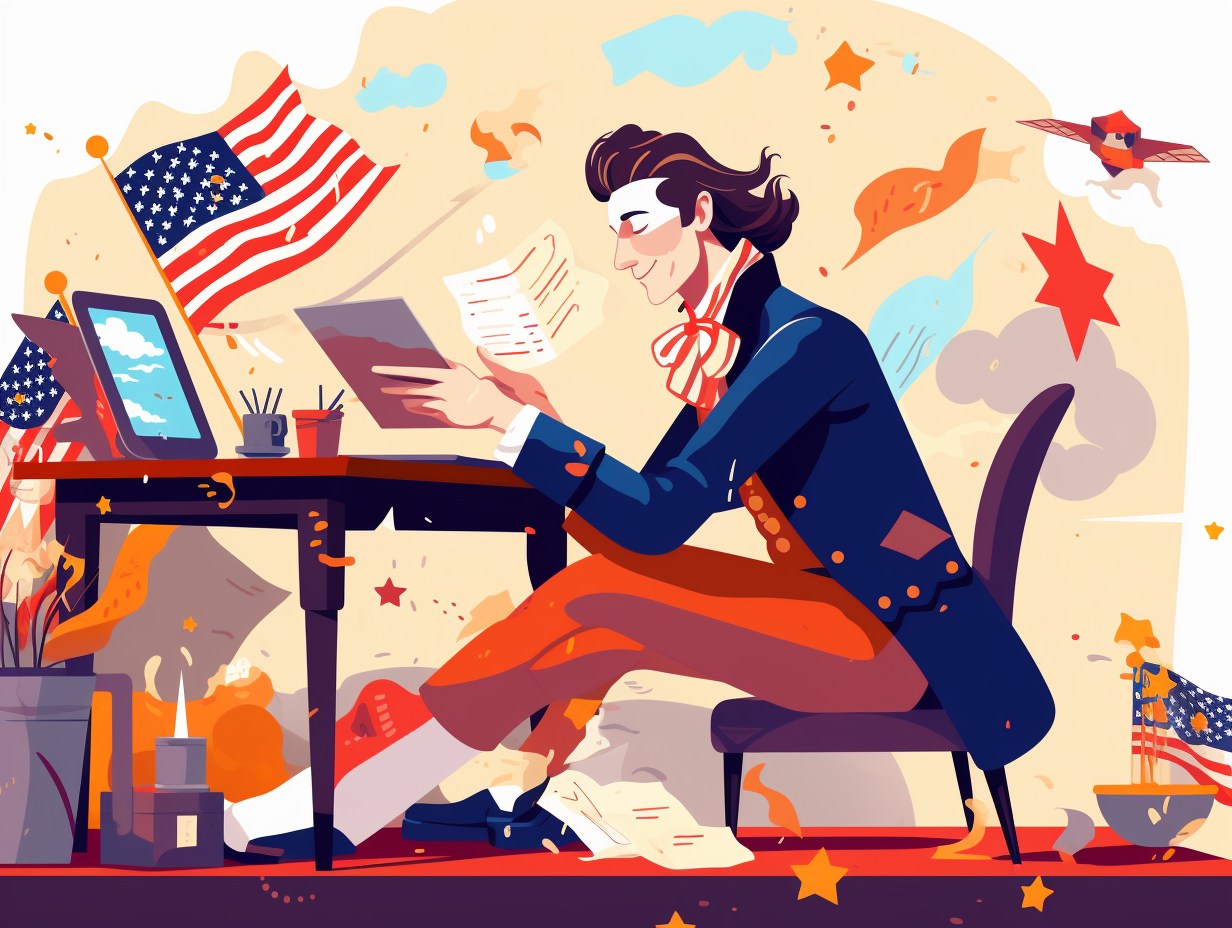13 Fascinating Fun Facts About Pearl Harbor You Never Knew!

1. Breaking Legs and Hulls: The USS Yorktown's Quick Recovery
They said, "break a leg," but the USS Yorktown went the extra mile and broke some hull instead: Just six months after being heavily damaged during the attack on Pearl Harbor, this persistent naval juggernaut was back in service and played a crucial role in turning the tides at the Battle of Midway.
Source => history.com
2. The Type 91 Torpedo: Aquaman's Secret Weapon?
Who needs Aquaman when you've got the Type 91 torpedo? Humblebragging with its wooden fashion accessories and uncanny physics-defying capabilities, this underwater marvel turned heads and battleships alike: Developed by the Japanese for shallow waters, the Type 91 aerial torpedo utilized wooden stabilizers on the tail fins to aid its underwater prowess and featured an advanced angular acceleration control system to prevent unwanted rolling. Released at speeds of up to 378 km/h (204 knots), these torpedoes played a crucial role in the Pearl Harbor attack, although they did so without any superhero assistance.
Source => en.wikipedia.org

Did you know General Washington celebrated his birthday at Valley Forge with an unexpected serenade from Proctor's Artillery musicians in freezing cold conditions? Discover the full story and the gift he bestowed upon them!
=> Fun Facts about Valley-Forge
3. Cosmic Serendipity: The USS Missouri Dodges Destruction
In a stroke of cosmic serendipity that would make even Miss Cleo proud, the USS Missouri dodged the ultimate Wreck-It Ralph event: this historic battleship was not present at Pearl Harbor during the calamitous Japanese attack on December 7, 1941. Additionally, the architect of the USS Arizona memorial must have attended Hogwarts, as the design magically allows visitors to see the submerged wreckage without disturbing the nautical resting place of over 1,000 souls.
Source => nationalww2museum.org
4. Broken Telephone: Intercepted Reports Fail to Reach the Right Ears
In what could only be described as the Department of Defense's worst game of broken telephone ever played: Japanese agents in Hawaii were sending regular reports on the presence of American ships in Pearl Harbor to Tokyo, which were intercepted and translated by American intelligence before the attack, but these reports failed to reach the right ears in time to foil the catastrophic event.
Source => ibiblio.org

5. The Arizona's Environmental Cry-Fest: Black Tears of Oil
When the U.S.S. Arizona weeps, the ocean gets teary-eyed: The sunken battleship from the Pearl Harbor attack still houses 1.5 million gallons of oil, which leaks into the surrounding waters, ominously dubbed as the "black tears of the Arizona." Experts estimate this environmental cry-fest to continue for another 500 years, unless the ship crumbles beforehand.
Source => cracked.com
6. The USS Arizona's Extended "Oil-Drop-Tango"
Although the USS Arizona might have been an unwelcome guest to a 'Shell' station: The ship still leaks oil into Pearl Harbor after all these years since the attack, and it's estimated to potentially do the "oil-drop-tango" for up to a century, as a sobering reminder of December 7, 1941.
Source => azcentral.com
7. Takeo Yoshikawa: The Original Espionage Maverick
Before James Bond and Mission Impossible made spies look glamorous, there was Takeo Yoshikawa: an aircraft-renting, reed-breathing original espionage maverick from the Japanese ranks, infiltrating Pearl Harbor one peculiar scheme at a time: Yoshikawa gathered intelligence on U.S. military installations by renting small airplanes, diving under the harbor with a hollow reed as a snorkel, and synced with German agent Bernard Kuehn on this mission, all while refraining from involving 160,000 Japanese-Americans in Hawaii in his spy games.
Source => en.wikipedia.org
8. Bureaucratic Bungles: Late Arrival of Crucial Memo
When "speedy delivery" became an epic fail: The memo declaring the end of bilateral talks between Japan and the United States - meant to be delivered 25 minutes prior to the Pearl Harbor attack - actually arrived over an hour after the assault commenced, thanks to bureaucratic bungles and miscommunications between the Japanese Foreign Ministry and their Washington Embassy, as revealed by newly released documents.
Source => nytimes.com
9. Phil Rasmussen: Age Before Beauty in Aerial Dogfight
In a thrilling game of "Tag, you're it!" with an unwilling twist, Lieutenant Phil Rasmussen outran and outmaneuvered Japanese planes in his older-than-dust P-36 fighter, giving new meaning to the phrase "Age before beauty": Amidst the chaos of the Pearl Harbor attack, Rasmussen managed to engage in a heated dogfight with Japanese aircraft, inspiring other American pilots to join the skirmish and prove that bold determination can prevail even in the most unthinkable situations.
Source => history.com
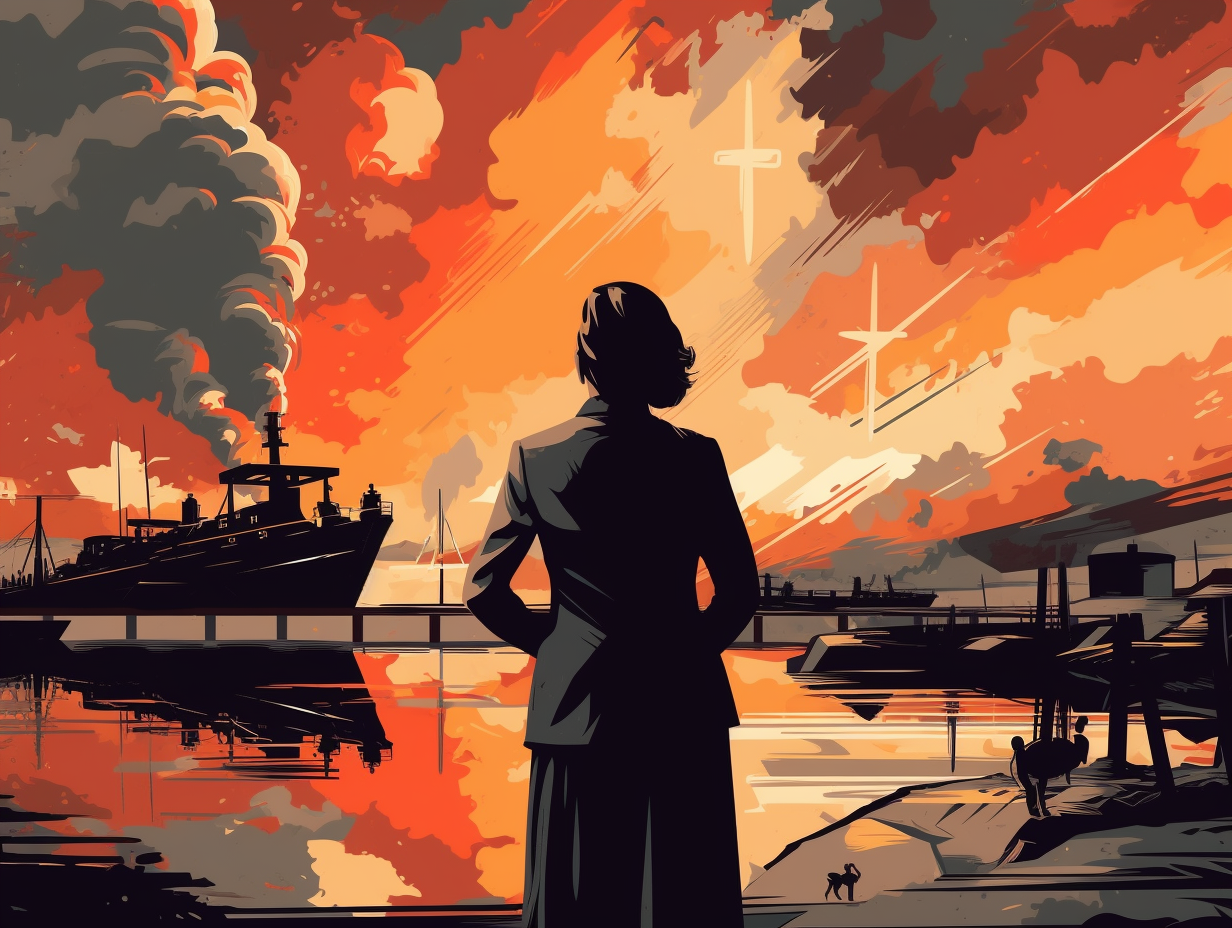
10. The Math-Saving General: Walter C. Short
Who knew math could save the day?: Lieutenant General Walter C. Short, self-proclaimed number-cruncher and University of Illinois alum, flexed his arithmetic muscles teaching at a military academy before strolling into the Army and earning top-notch medals for his role in Pearl Harbor as the defense honcho of U.S. military installations in Hawaii.
Source => en.wikipedia.org
11. Stealthy Swim: Japan's Mini Type A Submarines
In a stealthy game of "Sub-marco Polo," Japan sent its mini Type A submarines for a sneaky swim to Pearl Harbor: One was spotted and sunk by USS Ward before dawn, another was captured the day after the attack, and recent photos suggest a "missing" sub might have fired torpedoes at USS Oklahoma or USS West Virginia.
Source => history.navy.mil
12. You Snooze, You Lose: Kermit Tyler's Infamous Mistake
You snooze, you lose, but when you've got a case of aircraft-identification confusion, history remembers: On December 7, 1941, Kermit Tyler, the officer in charge of the air information center at Fort Shafter on O'ahu, mistakenly identified incoming Japanese attack aircraft as friendly bombers from the US mainland and told the radar operator, "don't worry about it" – a decision that continues to spark controversy and debate to this day, all while being immortalized in the historic Pearl Harbor attack.
Source => nationalww2museum.org
13. Underwater Flag Tribute: The USS Arizona Memorial
Who says you can't fly the flag at half-mast underwater? At Pearl Harbor, Old Glory rises triumphantly from the depths to honor fallen heroes: The USS Arizona Memorial, dedicated in 1962, commemorates the 1,177 crewmen who perished during the attack on December 7, 1941. The flag is hoisted on a flagpole tied to the sunken ship's severed mainmast, and the Memorial's architecture signifies both "initial defeat and ultimate victory," spanning the length of the submerged battleship with an entry room, assembly room, and shrine room engraved with the names of those lost on the Arizona.
Source => nps.gov
Related Fun Facts

